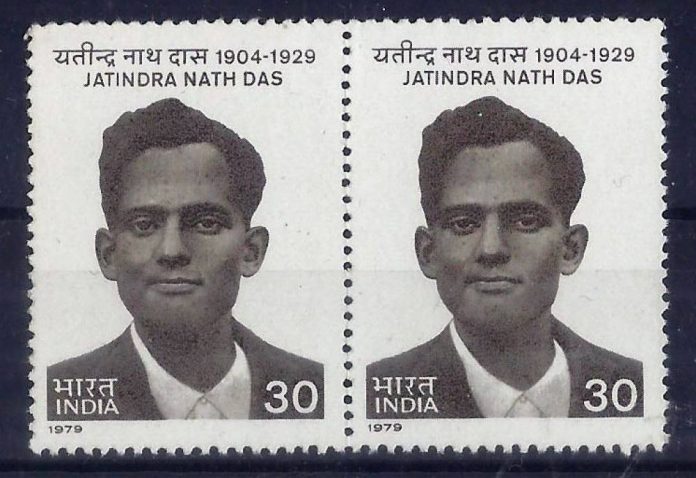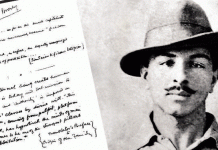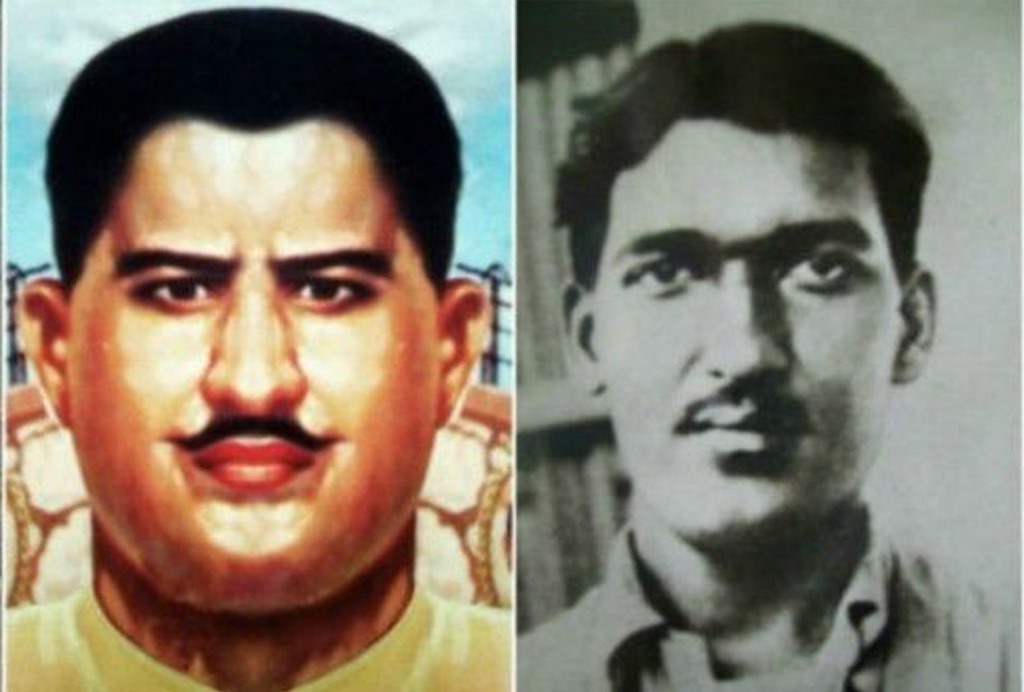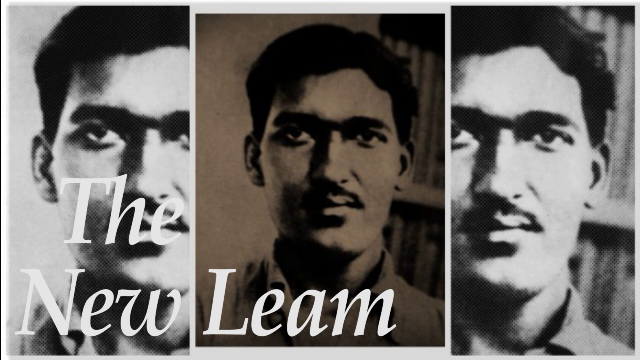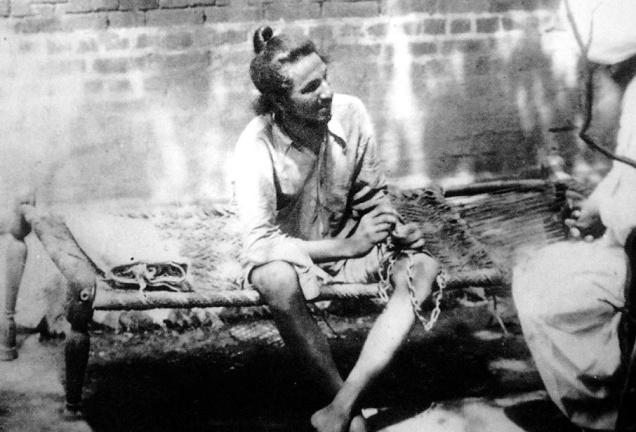Jatindra Nath Das was a valiant freedom fighter and comrade of Shahid Bhagat Singh who sacrificed his life at the age of only 25 in Lahore Jail on September 13, 1929.
He was known to be a very good student at school and later at college. He combined his studies with working in two streams of the freedom movement. He participated with enthusiasm in the non-cooperation movement led by Mahatma Gandhi. At the same time he was also active in the work of the revolutionary movement.
The police arrested him soon after he joined college. He was imprisoned in Mymensing jail. Here he as well as other freedom fighter prisoners faced very hostile conditions. In an amazing display of courage, even after being put behind bars this young man started a struggle within jail for improving the condition of political prisoners and went on an indefinite fast. No less amazing is the fact that despite all the repression of the colonial government he actually succeeded in his efforts and the fast ended when the jail administration agreed to make some improvements.
On his release after some time Jatindra came in contact with Bhagat Singh and his comrades and started working with them in the Hindustan Socialist Republic Association. He soon gained recognition as a very trusted and dedicated member. In the late 1920s the police arrested several revolutionaries. Jatindra Nath Das was also imprisoned and this time he was imprisoned in Lahore jail with Bhagat Singh and other freedom fighters of this group. They were very eager to use the prison and the courts to spread their message of freedom movement. Realizing this the jail administration unleashed repression on them and denied basic rights of political prisoners.
Hence these freedom fighters including Jatindra started indefinite fast to press for basic rights of political prisoners. This brought more repression from jail authorities. The authorities tried forceful feeding of fasting freedom fighters. Jatindra was ill and this attempted force feeding further damaged his lungs. Still he continued his fast. The news of his deteriorating health started reaching various parts of the country through statements made by visitors and news reports. Paralysis started spreading to parts of his body. A jail committee recommended his release but fearing his influence among people the colonial government did not agree. Finally he died on September 13, 1929.
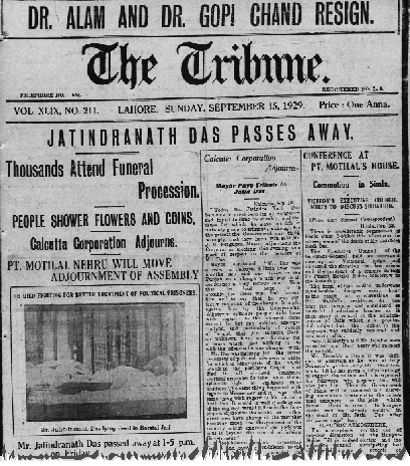
A wave of anger and distress swept the country. Over fifty thousand people came out in the streets of Lahore very soon to join the last journey of the martyr. Durga Bhabhi, leading member of revolutionary party, appeared suddenly to travel with the body which was to be taken to Calcutta from Lahore. All along the route thousands of people gathered at railway stations like Allahabad and Kanpur to pay their last respects. Those who led the huge crowds of people paying homage included Jawaharlal Nehru, Kamla Nehru and Ganesh Shankar Vidyarthi. The body was received in Calcutta by a huge procession of people led by Subhash Chandra Bose. Around 7 lakh people are estimated to have joined the last journey of Jatindra Nath Das in Calcutta.
This speaks for the very high inspirational role of this young freedom fighter who died at the age of only 25 years. Many, many people felt inspired by him to contribute more and more to the freedom movement. The contribution made him to protecting and promoting the important cause of political prisoners is also very important. As many political prisoners still undergo a lot of suffering and denial of basic rights, the inspiring struggles of Jatindra Nath Das and his sacrifice are increasingly being remembered and there is a trend towards observing his martyrdom day—13 September—as Justice for Political Prisoners Day.

